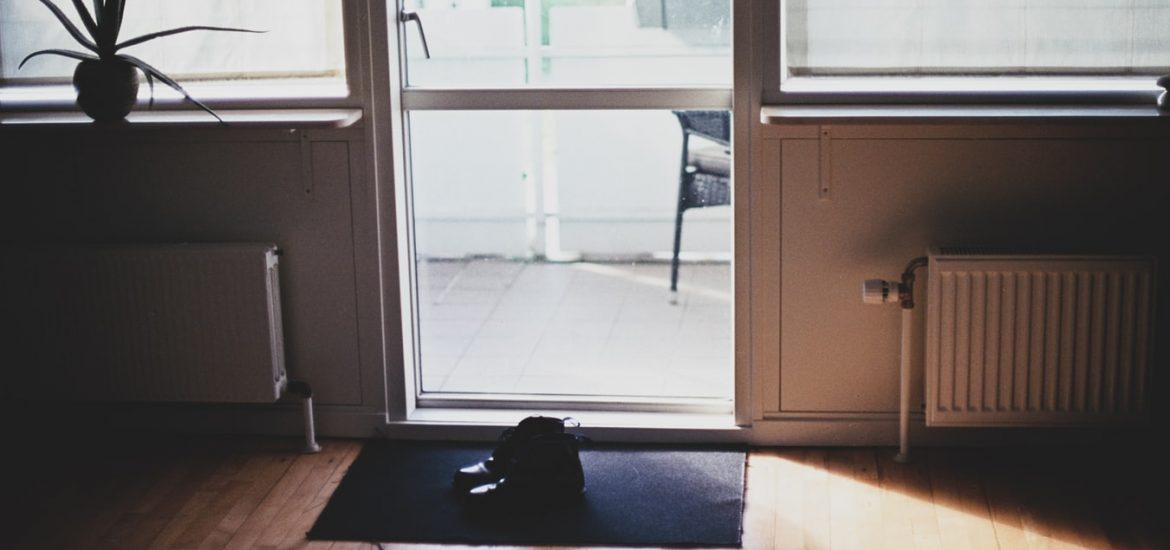If you are installing a new radiator or upgrading an old one, here are a few essential tips for installation that will help you along the way.
Select the Best Size Radiator
Before installing a radiator, make sure you have chosen the correct size for your room. When considering the size of a radiator, we don’t just mean considering the space it will take up, though this is important. The more vital calculation is whether the size of the radiator is suitable to heat the space effectively and efficiently such as vertical or column radiators.
The size of the room is just one factor. The size of windows, flooring type, wall construction and the ceiling height should also be considered.
Most reputable radiator suppliers will have a heat loss calculator – also known as a BTU calculator – to help you assess the best size radiator to heat your room efficiently.
H2 Look Beyond Existing Pipework
If you are replacing an existing radiator, it is admittedly an easier option to use the placement of existing pipework. However, just because a radiator has been installed in a particular place already, does not mean it has to be there this time round.
Your furniture layout may require the radiator is relocated. Or the previous homeowner may have chosen an inconvenient or ineffective location.
Adjusting the pipework is relatively simply if you are a capable DIYer. Or get in the professionals to make sure your investment in your heating system is just the way you want it.
H2 Position the Radiator for Efficiency
A common location for a radiator is under a window as this leaves space on other walls for more substantial furniture. Historically, radiators were placed under single glazed windows as this was the coolest area of the room; the radiator’s warm air would counteract the cooler air around the window before it was pushed into the room. However, with most houses now having double glazed, if not triple glazed, windows, this is not such an issue.
Also, curtains can often end up covering radiators and “stealing” valuable heat. This is not such an issue with a convector radiator which relies on air circulation but significantly reduces the effectiveness of panel radiators which rely on heat radiating from the whole unit.
So, consider your room layout, the furniture you have, and which space is best for your radiator.
H2 Understand Radiator Valves
Not all radiators are supplied with valves as there are so many options and different requirements.
Here is a quick overview to get you started:
Straight valves are generally used if your current pipes are concealed under the floor and connect to the radiator at the bottom.
Angled valves are generally used if your current pipes emerge from under the floor and connect to the side of your radiator.
Corner valves are generally used if your pipes emerge from the wall and connect at the bottom or sides of your radiator.
Manual valves are suitable if you want the temperature controlled by the main thermostat only.
Thermostatic valves are suitable if you want the temperature to be controlled by the main thermostat and the valve.
If in doubt, ask your radiator supplier which valves are best for your radiator and your pipework configuration.
H2 Check Your Walls
First, check the condition of your walls. Any cracks, crumbling plaster, or holes should be repaired and left to set properly before you install a radiator.
Next, determine whether your walls are solid masonry or plasterboard. Solid masonry walls are stronger so capable of supporting larger, heavier radiators. Plasterboard walls will rely on you finding the timber sections that the plasterboard is attached to. This may affect which size radiator you can purchase and where it can be located on the wall.
Before drilling into any wall, it is always advisable to use a digital detector to locate any pipes, cables or studs which could be damaged.
A radiator full of water is a substantial unit so you need to ensure your walls are suitably capable of supporting the radiator for years to come.

